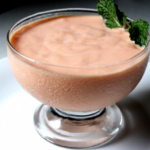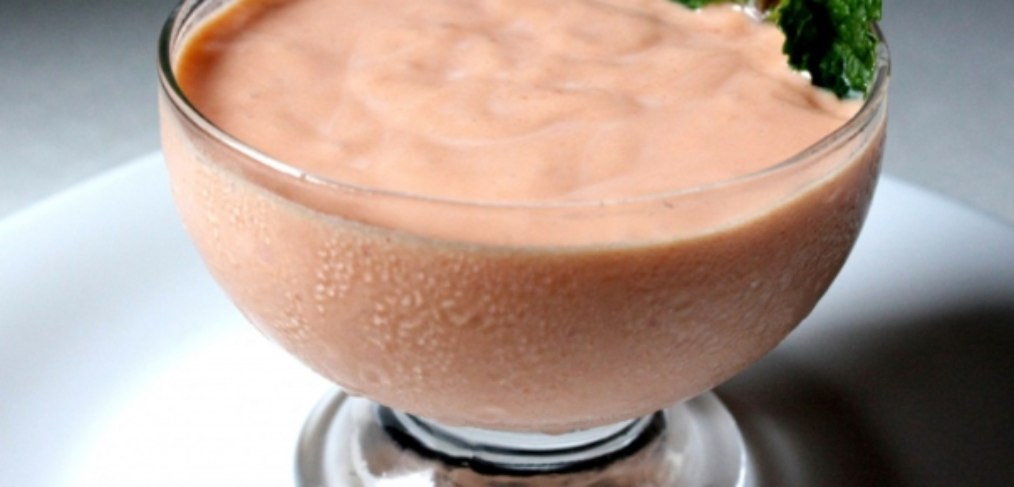
Heart Health Every Month
Heart health is vital all year long, not just during American Heart Health Month. Here are some tips to keep your cardiovascular system strong for life!
Magnify Antioxidant Power
Functional nutrition concerns itself, not with disease, but with the inflammation & imbalances that incite disease. To speak succinctly, chronic inflammation occurs in your body when free radicals outnumber antioxidants.
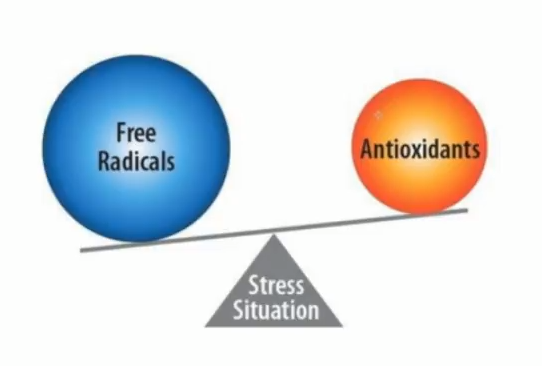
Free radicals are very reactive particles that burn through most things they touch in a process called oxidation. When they damage tissues of the cardiovascular system, they threaten your heart health.
In the nutrition world, processed vegetable oils, refined sugars, and alcohol are top contributors to free radicals. Dietary sources of antioxidants are vitamins A, C, and E, coenzyme Q10 (CoQ10), alpha lipoic acid, and bioflavanoids – the pigments that give plant foods their rich colors.
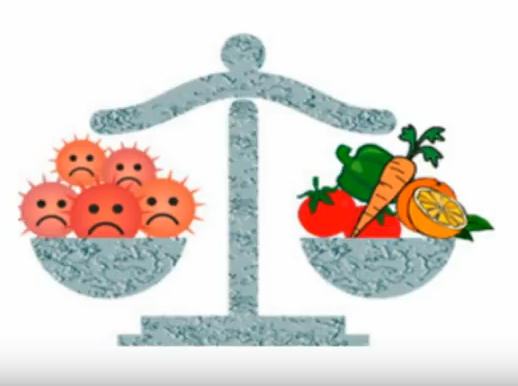
In plain English, that means eat lots of brightly-colored produce. A study of 3100 different edible substances discovered that herbs and spices were among the highest sources of antioxidants. Spices such as turmeric, cumin, and ginger; and herbs, such as cilantro, and peppermint are especially powerful. Here’s a tip: add leafy herbs to your smoothie, and have a shaker bottle of warm spices, such as these, near the stove to sprinkle on your meats, soups, and stir-fries.
Cilantro Smoothie
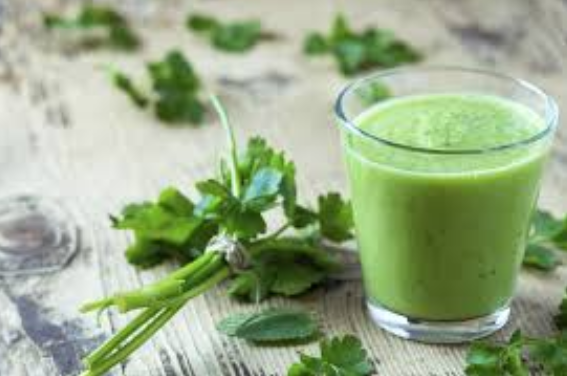
Blend together: 6 mandarin oranges, 6 oz. pineapple juice concentrate, 1 can full fat coconut milk, 1 bunch cilantro, and 1 cup ice.
Tame Inflammation
Most Americans eat too many pro-inflammatory Omega 6 fatty acids. Vegetable oils made from corn, cottonseed, canola, soy, and safflower are high in Omega 6’s. Omega 3 fatty acids help re-establish balance and support heart health by managing inflammation, reducing triglycerides, and slowing plaque build-up.
However, since your body can’t make them, you have to get them from food. Fish is the best source. But if you don’t like fish, then walnuts, chia, and flax are your next best sources. To ease more fish into your diet, you can make fish patties.
Easy Fish Cakes
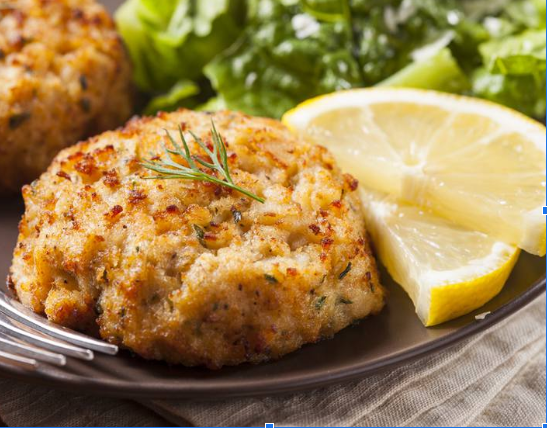
Mix together equal parts cooked white fish and mashed potatoes. Add Old Bay Seasoning to taste. Form patties and toast on a hot griddle. Serve with lemon and dill.
Support Methylation For Heart Health
Methylation is one of the most essential processes in the body. It detoxifies homocysteine, an amino acid that can threaten heart health by increasing inflammation and damaging blood vessels. You need folate and vitamin B-12 for methylation.
The best sources of these important B vitamins are dark leafy greens and liver! Many people detest liver, so your tip to use this nutrient powerhouse is to hide it from yourself. Mix 1 part ground liver into 4 parts liberally-seasoned taco meat.

To eat more leafy greens, try these recipes for wilted or cooked greens from traditional cultures.
Maximize Magnesium
This essential mineral is especially important to control blood pressure and prevent arrhythmias. One study suggests that up to 75% of Americans are not meeting the recommended daily allowance. Since magnesium insufficiency often manifests as muscle weakness, it is critical to get enough magnesium for your most active muscle – your heart.
Super Magnesium Trail Mix
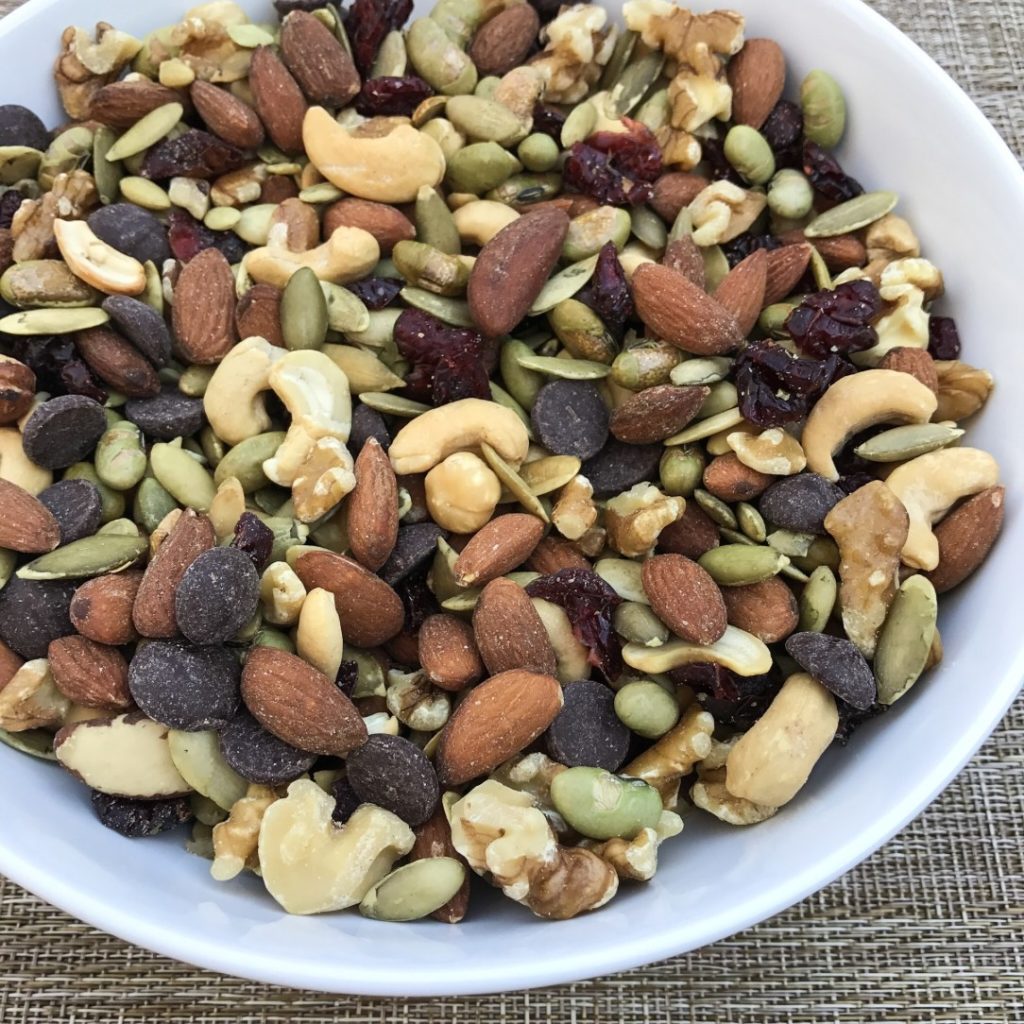
Toss together raw pumpkin seeds, almonds, raw cashews, and extra dark chocolate chips. If desired, add dried cherries or dried cranberries.
Prevent Plaque Formation
According to this study, Vitamin K-2 can prevent both hardening of the arteries and plaque build-up in the arteries. You would think that if a specific vitamin had actually been shown in clinical study to be associated with a 50% reduction in cardiovascular disease risk (yes, half!) that it would be a major news headliner, right? Unfortunately,Vitamin K2 is prevalent mostly in animal foods that many people shy away from because of nutritional myths. These foods include grass-fed butter, cheeses, fatty red meats (e.g. ribeye steak), liver, and egg yolks. The food containing the highest amount of vitamin K2 is a highly fermented soy food called natto, which very few people can tolerate due to its strong odor and flavor.
However, increasing your vitamin K-2 intake might be easier than you think. Instead of grabbing chocolate when you hit that energy “coma” in the afternoon, snack on gouda cheese and whole grain crackers instead.
Since egg yolks are also high in this critical nutrient, you can maximize your intake with this beautiful Brazilian dessert, known to Americans as Papaya Pudding.
Creme de Papaya
Equipment
- Blender
Ingredients
- 1 lb. very ripe papaya chunks
- 1 large ripe banana
- 1/4 c. lime juice
- 1/3 c. honey
- 1/2 c. full-fat coconut milk
- 3 tsp. grated ginger root (grates best when frozen)
- 1/4 tsp. nutmeg
- 1/2 tsp. salt
- 4 egg yolks
Instructions
- Puree the papaya, banana, lime juice, honey, coconut milk, ginger, nutmeg, and salt in the blender.
- Transfer mixture to a saucepan or microwave-safe bowl and heat, stirring frequently, until steamy.
- Remove from heat. Add egg yolks to the blender jar, and turn the motor on low.
- While the blender is running, slowly pour the papaya puree into the blender jar. Process until creamy.
- Pour into dessert dishes and let stand 10 minutes before serving or refrigerating.

